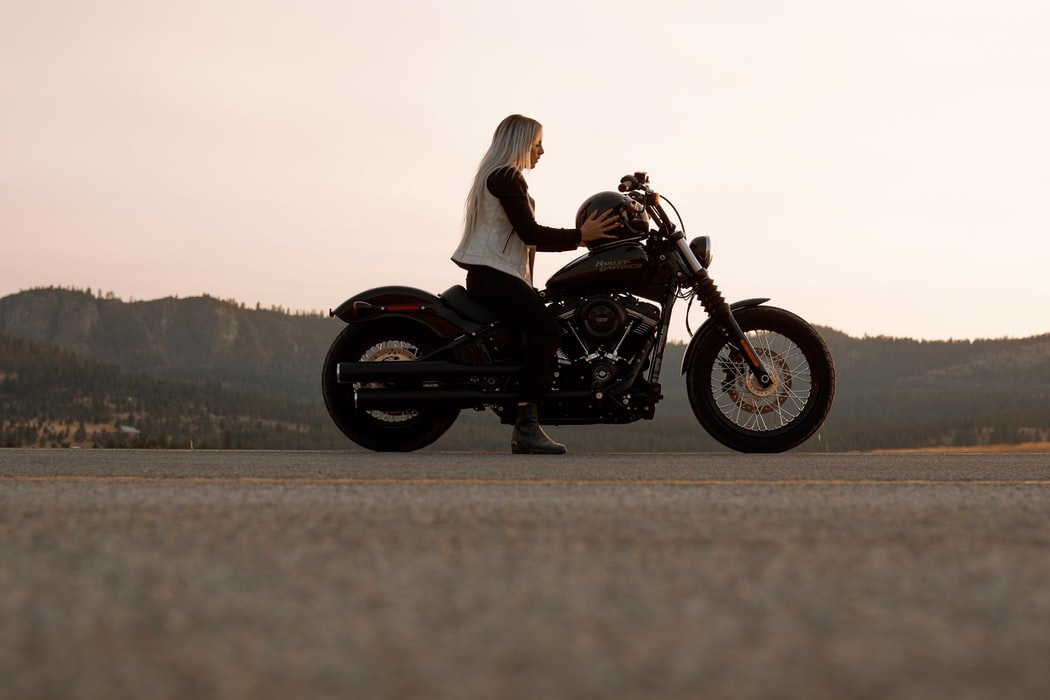
It’s a simple fact that laws pertaining to motorcycles vary from state to state. If you’re going to be out traveling on your bike you need to know what’s legal and what isn’t in the states you’ll be going through. Before the Internet this was not necessarily an easy proposition, but nowadays you’ve got no excuse. All you need to do is go to the website for the American Motorcyclist Association and look for the link for “State Laws.” That link will take you to a map of the U.S. and all you have to do is click on the state you’re interested in to find out what the laws are there.
Let’s take Pennsylvania for an example.
At the very top of the list is helmet requirements, probably the number one question many riders have coming into a new state. In Pennsylvania helmets are optional provided you are over age 21 and have been riding at least two years or have completed a Motorcycle Safety Foundation rider safety course.
Eye protection is required. This is important. Some states allow you to ride without eye protection provided you have a windshield. Not Pennsylvania. (Although, seriously, riding without eye protection is the height of stupidity. You w ill get hit in the eye by bugs or airborne debris from time to time.)
ill get hit in the eye by bugs or airborne debris from time to time.)
You must have your headlight on in the daytime if you are on a bike built after 1973. You must have a passenger seat and foot pegs if you are carrying a passenger. There is no passenger age restriction.
Here’s one we mentioned above: Helmet speakers are permitted, but only for communication purposes. That means no, you shouldn’t be listening to your iPod.
You must have both right and left rearview mirrors, but interestingly, there is no requirement for turn signals. A muffler is definitely required, and there are legal limits to the amount of noise your bike can make.
You are required to carry liability insurance.
There is no limit on the height of your handlebars, which means yes, you can have those high-reach ape-hangers on your bike. In some states they’ll get you pulled over.
This is not California, so lane-splitting is not legal. In fact, California is the only state where lane-splitting is legal. However, it is legal to ride two-abreast with both bikes in the same traffic lane. That does not mean you can pass someone else in the same lane. For that you need to pull into the adjoining lane.
